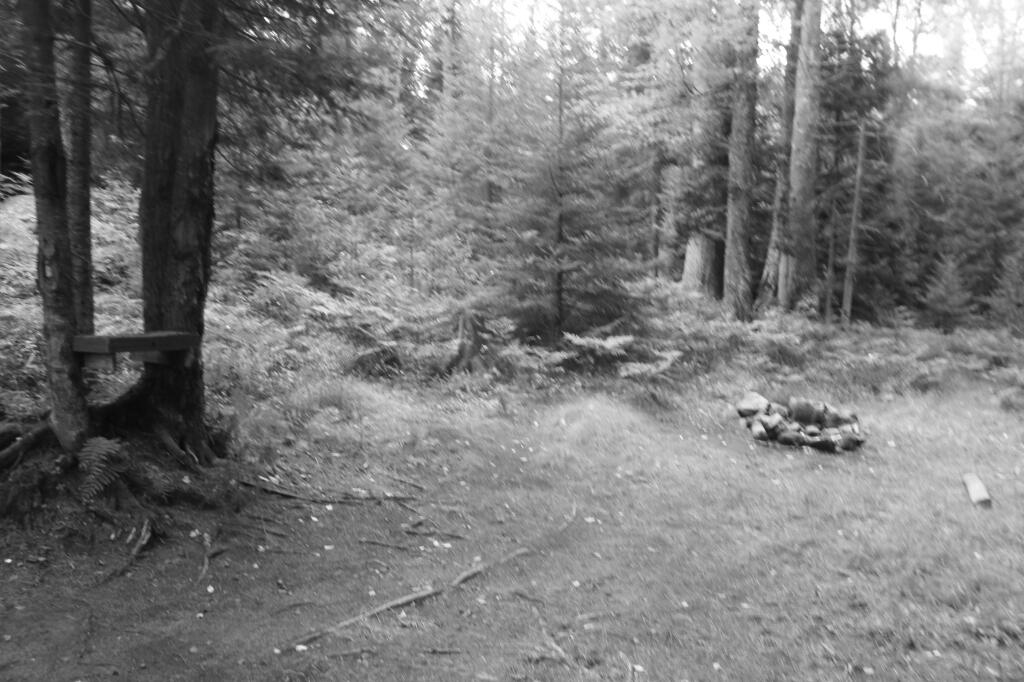Abandoning Existing Roads in Essex Chain Tract Makes No Sense
There are some wilderness advocates in our state that are calling for abandoning of existing roads in the Essex Chain tract to create an expanded Hudson Gorge Wilderness-area. Their argument is that by closing off these roads to all uses except foot traffic, it’s an opportunity to create yet another wilderness area in the Adirondacks – as if there was a shortage of wilderness areas.
The Proposals.
 Here is the vision of the towns, where they propose to keep most of the existing roads open for low-speed motor vehicle travel.
Here is the vision of the towns, where they propose to keep most of the existing roads open for low-speed motor vehicle travel.
 The DEC in contrast is proposing to limit most of the existing dirt roads to hiking, mountain bikes, and snowmobiles, but also preserves access to the Hudson River, Cedar River, and Essex Tract within a 1/4 mile buffer. The buffer is designed so that people on the lakes can’t hear or see motor vehicles, which could compromise their experience.
The DEC in contrast is proposing to limit most of the existing dirt roads to hiking, mountain bikes, and snowmobiles, but also preserves access to the Hudson River, Cedar River, and Essex Tract within a 1/4 mile buffer. The buffer is designed so that people on the lakes can’t hear or see motor vehicles, which could compromise their experience.
 This is the proposal that the wilderness advocates. Not much access to the lakes, and a banning of mountain bikes and snowmobiles from existing roads.
This is the proposal that the wilderness advocates. Not much access to the lakes, and a banning of mountain bikes and snowmobiles from existing roads.
Why It’s Important to Protect Public Access.
Low-speed motor vehicle roads are an important to making the back-country accessible and widely available. The reality is relatively few people use our public wild spaces, with most people preferring to staying within the comfort of the cities and suburbs, with cable television, high speed internet, wash tubs, and flush toilets. It’s important to encourage public use of our lands, to create a constituency to protect these lands for future use.
Nobody is arguing for a widening or expansion of the Essex Chain tract roads. This would be constitutionally prohibited, and could detract from these wonderful lands. Nobody is arguing for blacktop pavement, flush toilets, water fountains, or developed campsites. In contrast, any use of these of these lands would be primitive, with facilities limited to dirt seasonal-use roads, outhouses, and designated campsites that have only natural-stone fireplaces. Even so-called roadside campsites, would have little more then a place to park a vehicle, a fire ring made of local stone and maybe an outhouse. Picnic tables are generally not allowed in wild forest areas.
Even with the existing dirt roads, the only people who would drive miles back into the woods would be people who don’t mind getting dirty, and want to go canoe, fish, hike, hunt, or camp in a wild setting. Fears of overuse are well overblown, because there are many other wild forest areas – with roads, campsites, trails, and minimal development – that get light use at best.

